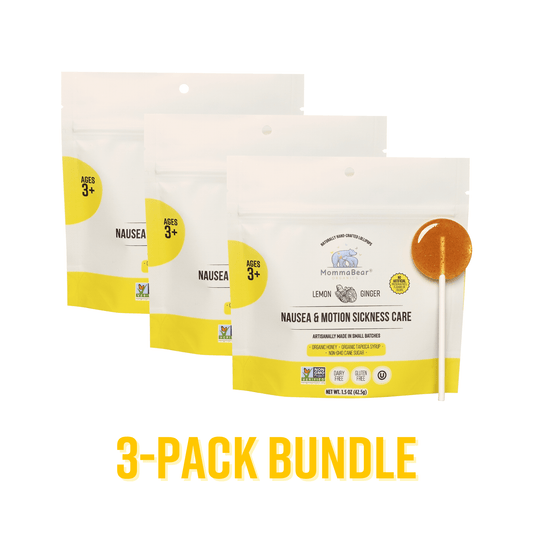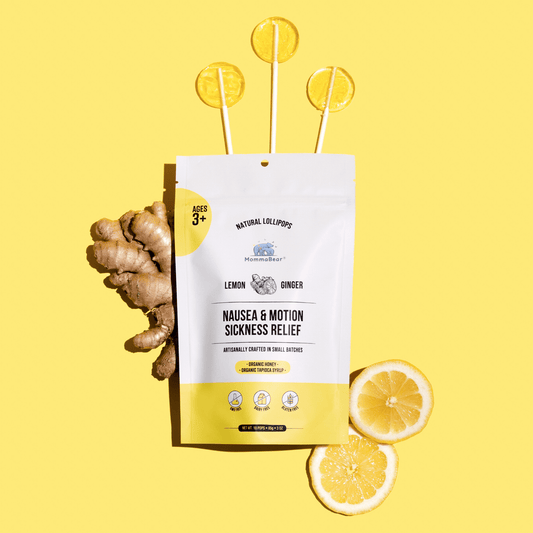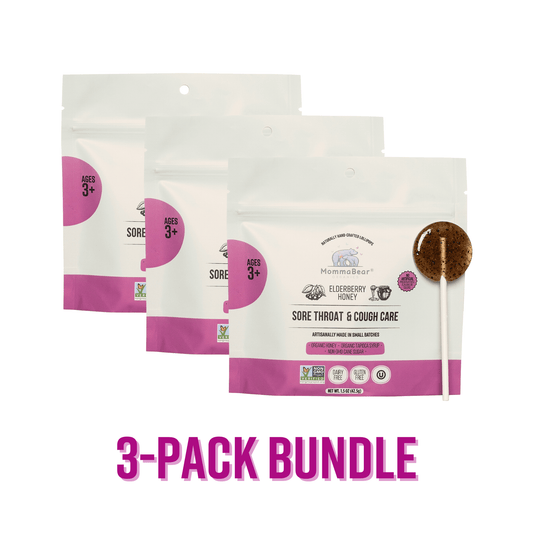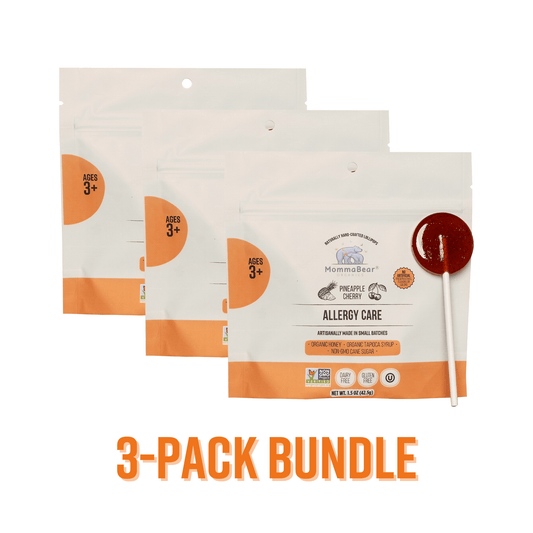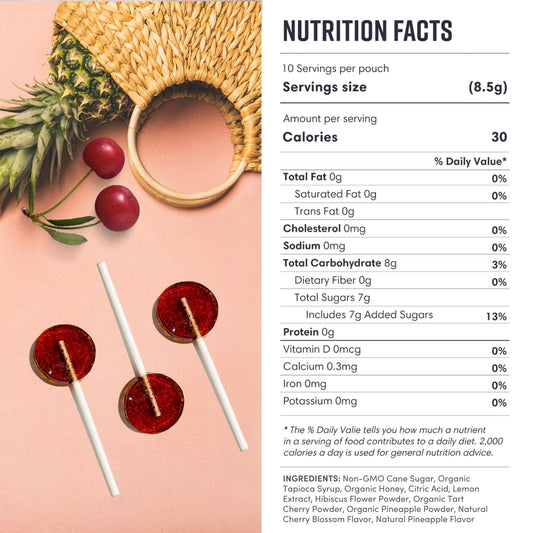Understanding Motion Sickness in Children
There’s nothing quite like the excitement for a family road trip getting completely derailed by, well, you know. That dreaded, pale-faced look. Motion sickness has been a real fun-killer for us on more than one occasion, and for a long time, I just didn't get it. It seemed so random.
I guess it makes sense when you think about it, though. Their little bodies are still figuring everything out, and sometimes the signals just get crossed. It's like their brains are getting one message from their eyes and a totally different one from their inner ears, and the result is… not pretty. Their nervous systems are still under construction, you know? So they can’t always smooth out those conflicting messages the way we can.
The Science Behind Motion Sickness
Someone explained it to me once like this: the brain is trying to keep its balance using info from the eyes, the ears, and even the body's sense of where it is. But in a car, if your kid is looking down at a book, their eyes are saying “we’re still,” but their inner ear is screaming “we’re moving!” The brain just kind of short-circuits from the confusion, and that's when the nausea kicks in.
It’s just a total mismatch of information. I also read that kids who get car sick are often more likely to get seasick or airsick later on. I guess once their brain is wired to be sensitive to that sensory mix-up, it kind of sticks.
Common Symptoms of Motion Sickness in Kids
For us, it always starts with the quietness. Then the paleness. You learn to spot the signs from a mile away. Here are the big ones I've learned to watch for.
-
Nausea
-
Vomiting
-
Dizziness
-
Cold sweats
-
Paleness
-
Fatigue
And it’s not just the physical stuff, you know? My little one started getting anxious before we even got in the car, which just made everything worse. It became this whole cycle of dreading trips. So a big part of it for us was working on making travel feel safe and not scary, which is a whole other thing. It’s just a lot for a little person to handle.
Preventive Measures for Motion Sickness
Honestly, I've learned the hard way that trying to stop it before it starts is a million times better than trying to fix it once the tears (and other things) start flowing. So yeah, we have a whole pre-trip ritual now.
Pre-travel Preparations
This is the checklist that kind of runs through my head before we go anywhere now:
-
Timing Meals: A light snack is way better than a big, heavy meal beforehand. I learned that one the hard way.
-
Rest: A tired kid is a grumpy kid, and a grumpy kid seems to get sick way more easily. So we make sure he's well-rested.
-
Permitting Frequent Breaks: We plan for stops. I mean, actually put them on the map. A chance to get out and breathe fresh air makes a huge difference.
-
Choosing the Right Seat: If possible, having them in the front helps them look at the horizon. That was a game-changer for us.
I also try to talk up the trip a lot, focusing on all the fun stuff we're going to do. It feels like a small thing, but getting them excited seems to help distract from the worry. Oh, and never, ever forget the favorite stuffed animal. That's just asking for trouble.
During Travel Tips
And once we're actually moving, I have a few tricks up my sleeve:
-
Look Forward: I’m constantly saying, “Look out the front window!” Looking at things whizzing by on the side seems to make it worse.
-
Limit Screen Time: This is a tough one, but books and tablets are a big no for us in the car. They are almost a guaranteed trigger.
-
Fresh Air: We crack the windows or keep the AC blasting. Stuffy air is the enemy.
-
Distraction Techniques: Audiobooks are our best friend. Music, singing songs, playing "I Spy"—anything to keep their mind off their tummy.
We always have a stash of ginger chews and peppermint gum in the car. They're a lifesaver. I also try to keep the vibe in the car really chill. Put on some quiet music or a story podcast. The less stress, the better, I think.
Natural Remedies for Motion Sickness
I'm always going to try the natural route first if I can. I mean, it just feels better, right? So we've experimented with a few things that don't involve a trip to the pharmacy.
Herbal Solutions
These are the ones that seem to pop up everywhere, and a couple have actually worked for us.
-
Ginger: Whether it's in a candy, a tea, or a little chew, it seems to help settle his stomach.
-
Peppermint: Just the smell can be calming, but sucking on a peppermint candy often does the trick.
-
Lemon: Sometimes just sniffing a lemon wedge can help. It's a weird one, but hey, whatever works.
Always a good idea to chat with a doctor before you start giving your kid new herbs, just to be safe. But ginger is one of those old-school remedies that my grandma swore by, and it just seems to work. And peppermint is just so... calming. I figure even if it's just the placebo effect, a happy tummy is a happy tummy.
Breathing Techniques and Exercises
This one surprised me. I didn't think my kid would go for it, but teaching him to do slow, deep breaths has actually helped. It gives him something to focus on other than how his tummy feels.
-
Deep Breathing: Just simple, slow breaths in through the nose and out through the mouth.
-
Focus on Exhalation: We try to make the "out" breath longer than the "in" breath. It’s supposed to be extra relaxing.
-
Visualize Calmness: Sometimes I’ll tell him to close his eyes and imagine he’s in his cozy bed.
It's all about giving them a sense of control, you know? When their body feels all topsy-turvy, having a tool like breathing can make them feel a little more in charge. We practice it at home when we're calm, so it's easier to remember in the car.
Over-the-counter solutions for Motion Sickness
So, there are times when the ginger chews and open windows just aren't going to cut it, especially for a long trip. I was really hesitant to try medication, but after one particularly awful drive, I talked to our pediatrician. It's about knowing your options, I guess.
Safe Medications for Children
Our doc mentioned a few, and these are the ones you usually see on the shelf.
-
Dramamine: This is probably the one everyone’s heard of. It’s supposed to be really good for nausea on longer trips.
-
Bonine: This one is also an antihistamine. Some people like it because it can be less drowsy.
-
Meclizine: This is the active ingredient in Bonine and can help with dizziness and that vertigo feeling.
Understanding Side Effects
The trade-off, of course, is side effects. And you have to watch for those. For us, the big one was sleepiness.
-
Drowsiness
-
Dry mouth
-
Dizziness
-
Constipation
The first time we used it, I was watching like a hawk. Every kid is different, so you just have to see how they react. And definitely talk to them, ask how they're feeling. They can often tell you more than you'd think, even when they're little.
When to Consult a Doctor
Most of the time, this is something you can handle at home. But sometimes it's not. It's good to know when to just call the doctor and get some real advice. Don't ever feel bad for asking for help—that's what they're there for.
Recognizing Severe Motion Sickness
These are the red flags for me—the things that mean this is more than just a little car sickness:
-
Severe or persistent vomiting that leads to dehydration.
-
Headaches that do not subside.
-
Severe anxiety or panic attacks related to travel.
If you see any of this stuff, it's time to let a professional take a look. They can figure out if something else is going on. I found keeping a little log of when it happens and what the triggers are was actually super helpful for our doctor's appointment.
Long-Term Management of Motion Sickness
The good news is, a lot of kids grow out of it. But in the meantime, we're trying to build up some good habits and resilience. It's a marathon, not a sprint.
-
Gradual exposure to motion in a controlled environment.
-
Implementing relaxation techniques regularly.
-
Continuously monitor triggers and symptoms for personalized management.
I read somewhere about therapies that can help, kind of like retraining the brain. We haven't had to go that route, but it's good to know it's an option. Mostly, we just try to make the car a happy place with fun music and games, so it's not all about the tummy aches.
Conclusion
So yeah, that's where we're at. It's still something we have to think about before every single trip, and sometimes we still get it wrong. But it doesn't ruin our plans anymore. We just pack our little toolkit of snacks and tricks and hope for the best. I guess it's just one of those things you learn as a parent—how to roll with the punches, or in this case, the bumps in the road. As long as we get there and make some good memories, that's what matters.


